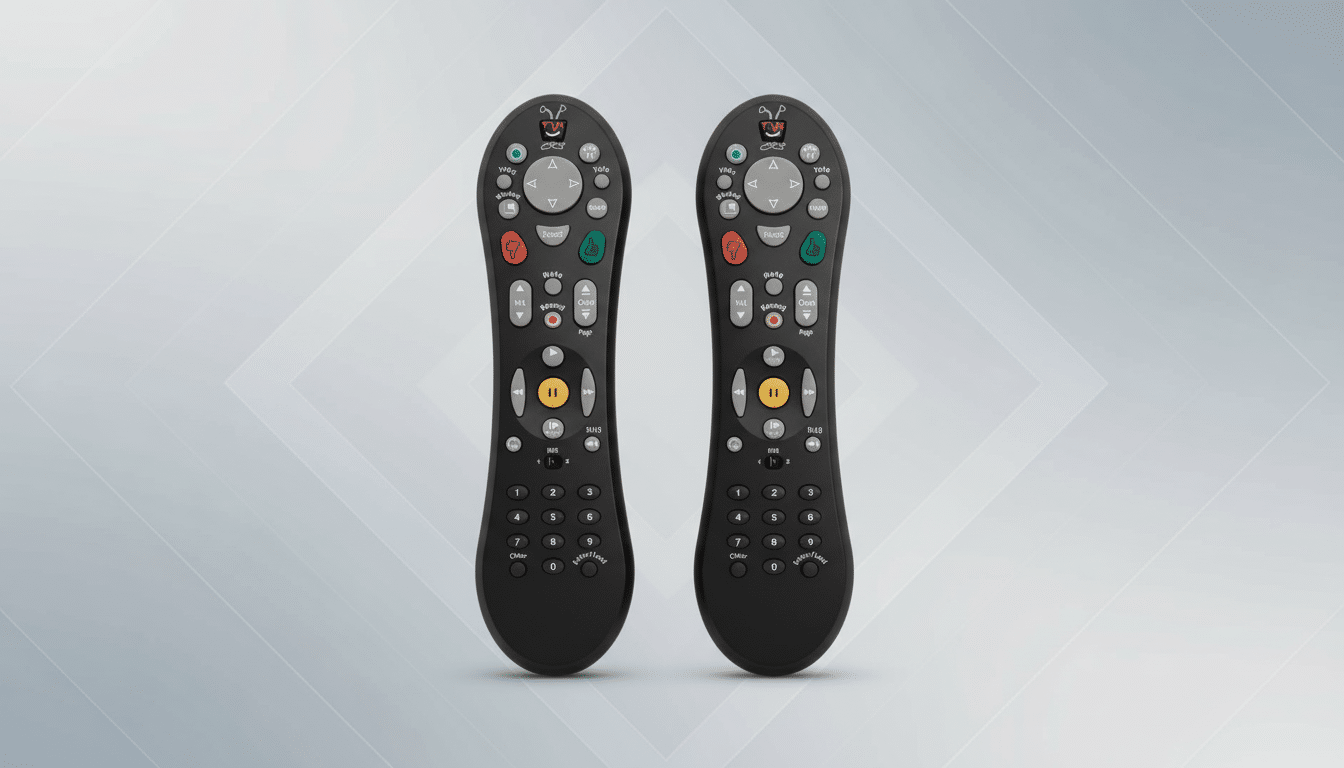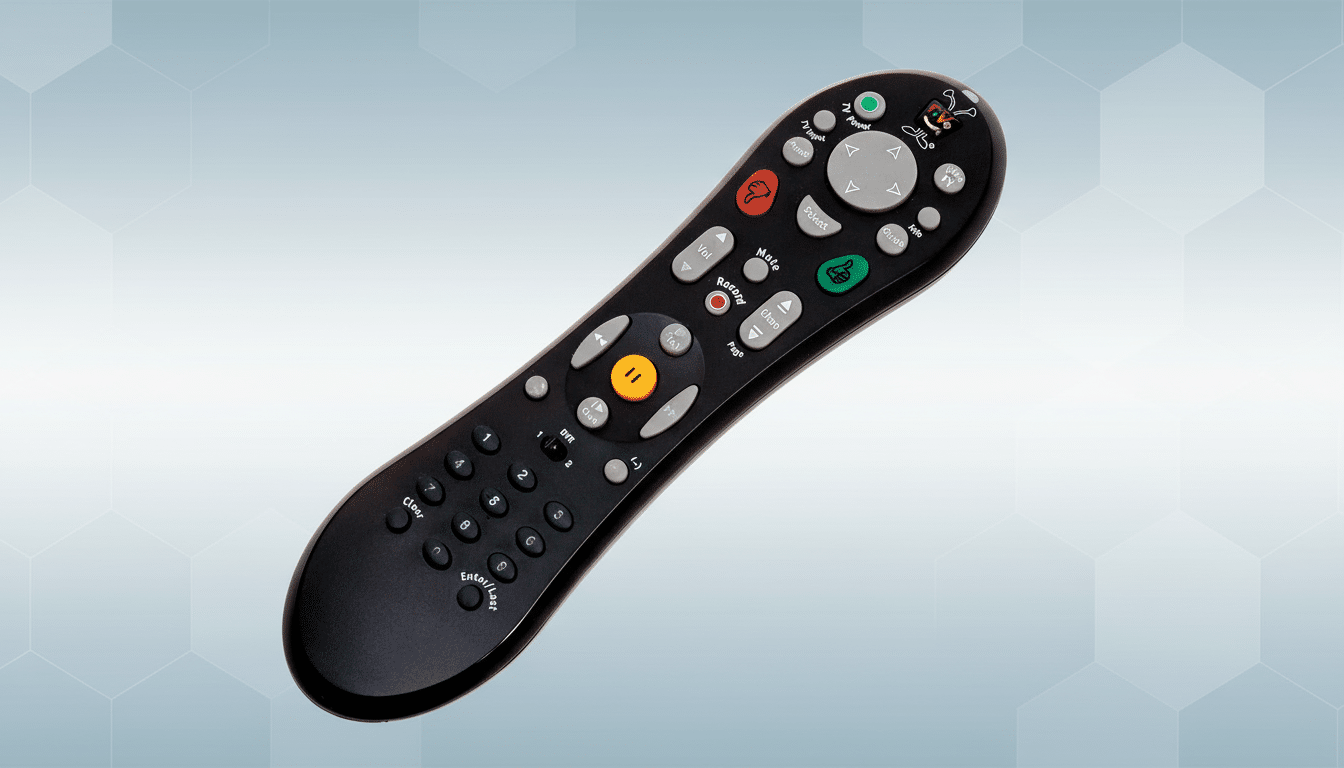TiVo has discontinued making its iconic recording devices, which means it’s the end of an era once current stock is depleted.
R.I.P., old-school DVR.

The company confirmed it has stopped making hardware and that stock of remaining devices has been depleted, while vowing to continue to support current customers. First tipped off by trade reporting and subsequently confirmed by TiVo, the outcome is a result that’s at once familiar but also a little bittersweet.
This is the tech sunset that inspires a look in the rearview mirror. If you ever demonstrated the magic of a Season Pass to a neighbor, or walked them through the gentle curves of the “peanut” remote, few companies felt as transformative in its time as TiVo. It wasn’t just a box; it was a philosophy — that television should conform to viewers, and not the other way around.
How TiVo Transformed Television and Viewing Habits
Before streaming pushed on-demand to the de facto standard, time-shifting made appointment viewing (TiVo!) optional. Offerings like OnePass (formerly Season Pass), smart recommendations, and trick-play controls defined how content is discovered and played. Even the sound and interface design were exceptional at a time when set-top boxes could sometimes feel like beige appliances.
TiVo also was a force in the industry on technology policy. CableCARD support created a path — however paved wonkishly thin — for retail DVRs to work with cable companies, an enticing alternative to rented boxes. Though CableCARD never reached mass-market simplicity, it helped solidify early consumer rights around their right to use their own equipment. ReplayTV might have been the original rebel, but TiVo brought the rebellion to the masses.
Why TiVo’s DVR Hardware Had to Go in a Streaming-First Era
The center of gravity in television distribution has shifted to on-demand across devices, with cloud backups doing the heavy lifting. Live TV services like YouTube TV, Hulu + Live TV, and Sling TV brought cloud DVRs, recording in the background while eschewing storage in your entertainment center.
Nielsen’s Gauge has for some time now reported streaming as commanding the largest share of TV usage in the United States, a structural shift that undercuts demand for stand-alone recording hardware. Leichtman Research Group has found that traditional pay-TV subscriptions have continued to erode, which had been a significant backstop for retail DVRs. In plain English: fewer coax cables running into the home, more broadband pipes delivering apps.
There’s an economic rationale, too. Bespoke consumer hardware carries an expensive ongoing cost — component sourcing, certification, service logistics — especially in a world where the value moves toward software and recurring services. TiVo’s business has been looking more and more like a software platform and licensing play rather than that of a hardware manufacturer, putting it in line with where the market is going.

What Changes for Current TiVo Owners After DVR Production Ends
TiVo says existing DVRs will still be supported — which is great news for those of us who depend on guide data, recording schedules, and remote support. Your box will not become a pumpkin. But the practical realities still stand: no new units are on the way, and it will become increasingly difficult to find accessories. If you have an All-In subscription sitting on a favorite model, you’re in long-tail territory to an extent — no new vehicle is being bet on, but the ecosystem is shrinking.
There are alternatives for viewers who want to continue recording over-the-air broadcasts without incurring monthly fees. There are OTA DVRs sold by Channel Master and other niche brands, and basic recording capabilities on some smart TVs with an external drive. For cable-bound households, cloud DVRs provided by live TV streamers or even pay-TV apps will do the trick, but with perhaps a different take on features such as auto commercial skip than you would get from TiVo.
The TiVo Brand Lives On in Software and Licensed Platforms
Today, TiVo, now a software-first company under Xperi, licenses that operating system to TV makers and cable operators. The TiVo OS, which has taken on a life of its own among European manufacturers, hopes to solve this very modern problem that yesteryear’s TiVo attacked in hardware: content discovery — by running the TV’s home screen and serving up recommendations across all apps. It is a competitor to platforms like Roku, Google TV, Fire TV, and the operator-focused RDK.
The sales pitch is straightforward: better personalization, simpler search, and smarter surfacing of what to watch next. In a lot of ways, TiVo’s DNA hasn’t disappeared; it has just shifted to meaning something a little higher up the stack. The company that used to tune your coax is now hoping to program your home screen.
A Small Cultural Goodbye to a Pioneering Era of TV Viewing
It’s tempting to be clinical about product sunsets. But TiVo taps into a specific nostalgia that most gadgets don’t. It arrived as TV seemed chaotic and brought a little order to the situation. It showed people that a device could know what they wanted to watch, respect their time, and let them watch on their terms. That’s a legacy that you can see in the “resume where you left off” button on apps today.
As the DVR era at TiVo winds down, what many are feeling isn’t just nostalgia for a product but a sense of mourning for television itself, and our time together in front of it. If that makes you feel a bit older now, it also affirms something else: There’s a quiet debt today to the way we watch TV from the little black box with the smiling logo.
For the record, TiVo confirmed the fact that it was no longer selling and making DVR boxes with industry outlets and said support would remain for current subscribers. Reporting by Cord Cutter News, coverage by PCMag, and trend data from Nielsen and Leichtman Research Group collectively paint the larger picture: The hardware is gone, but for the idea it championed — well, that busty woman has packed her bags and left town.

